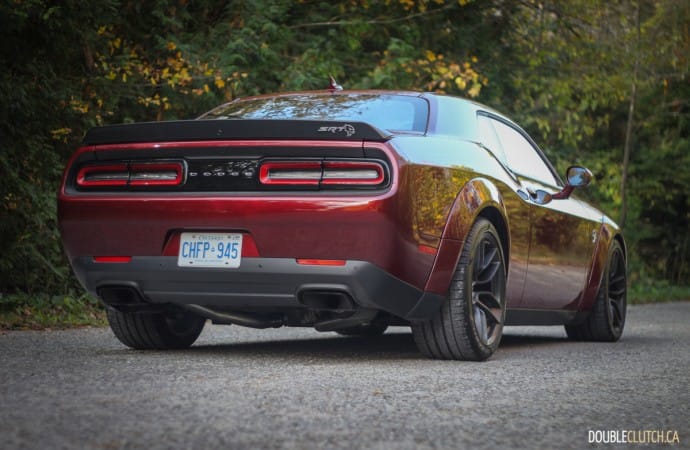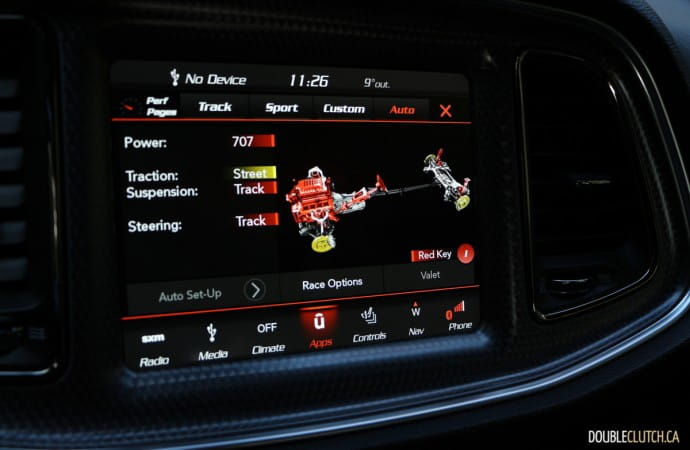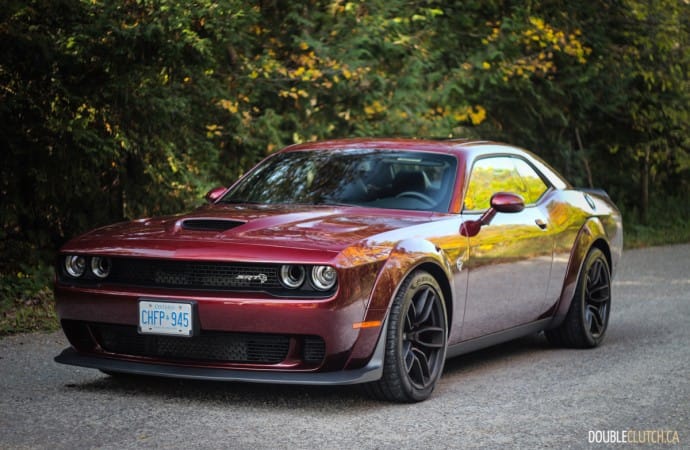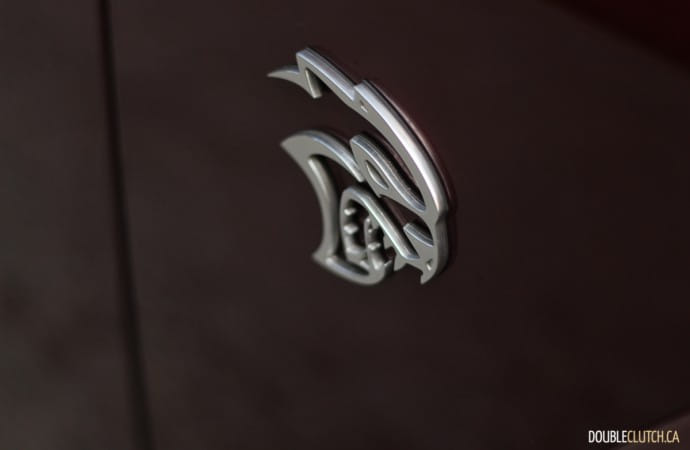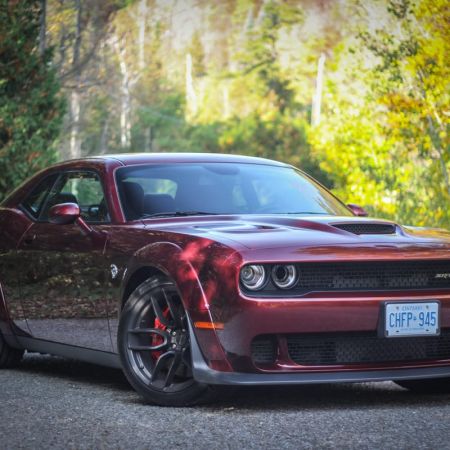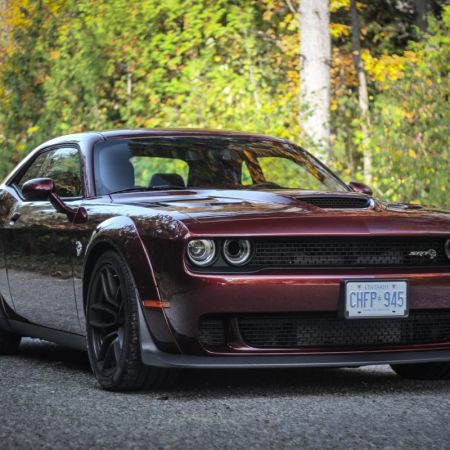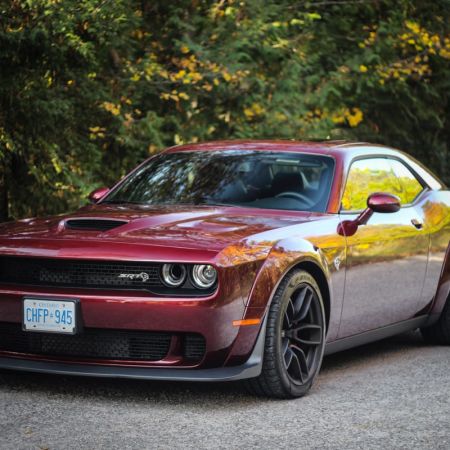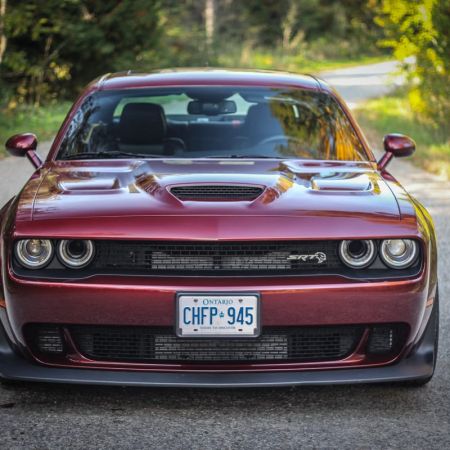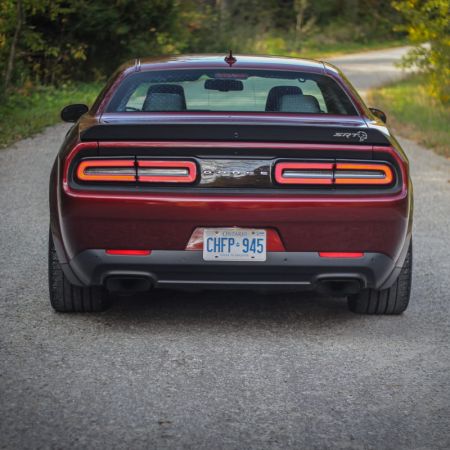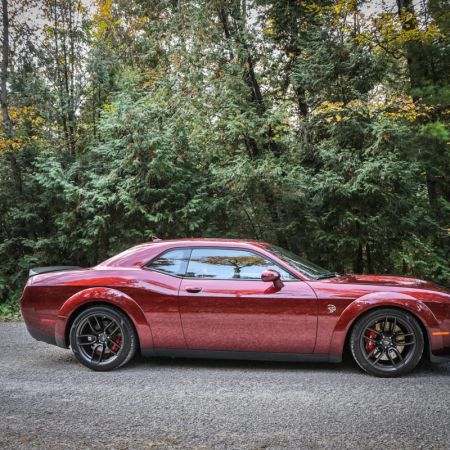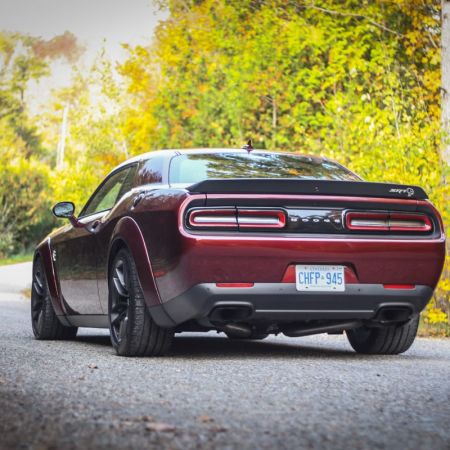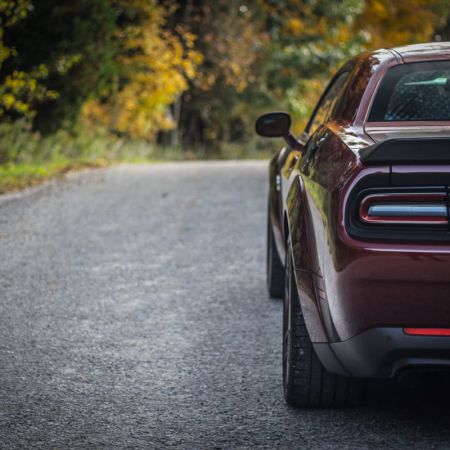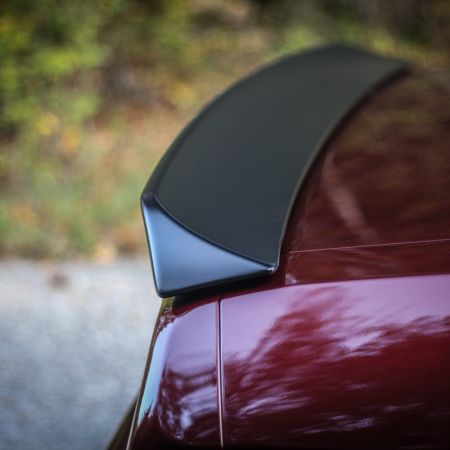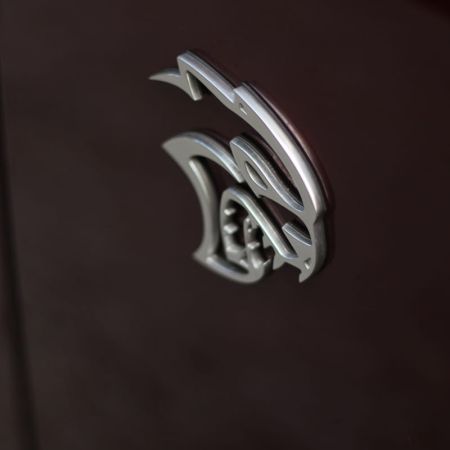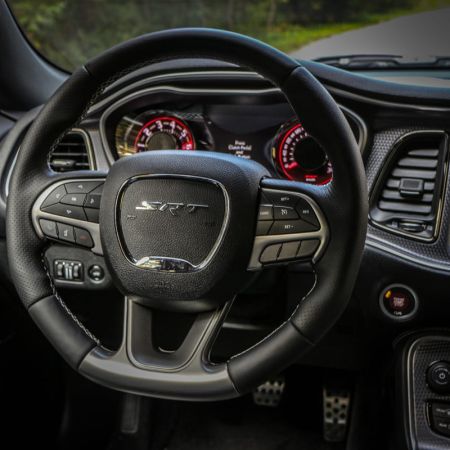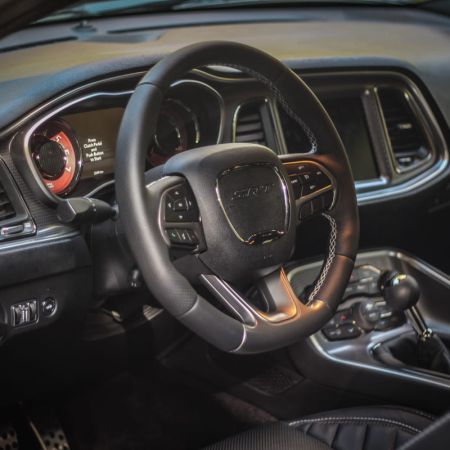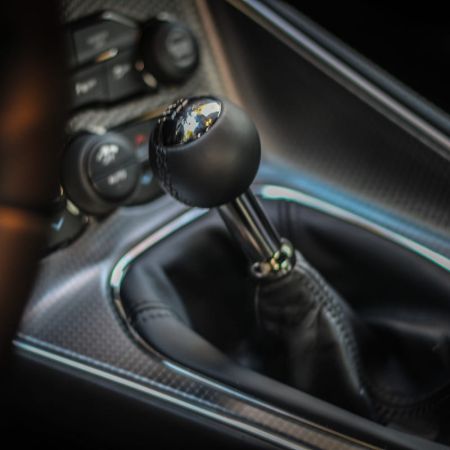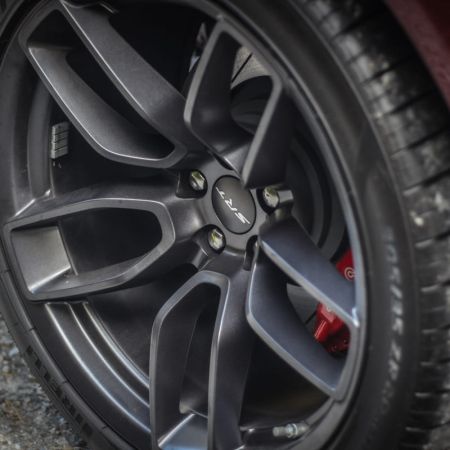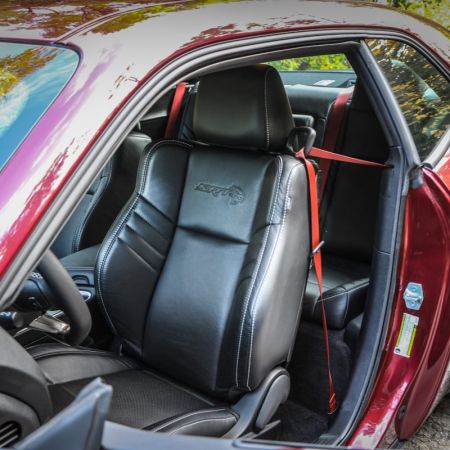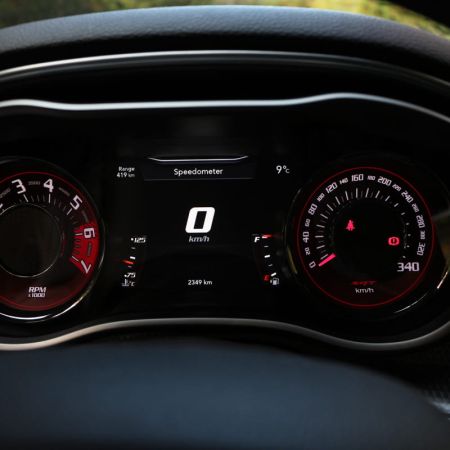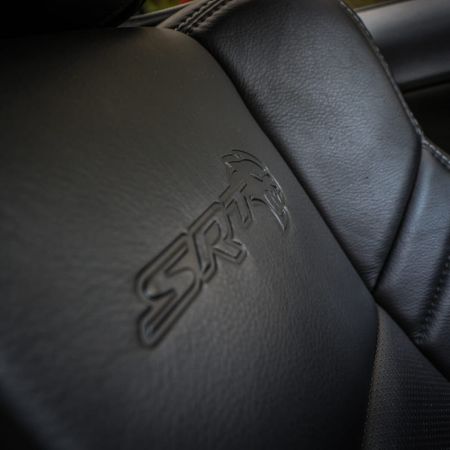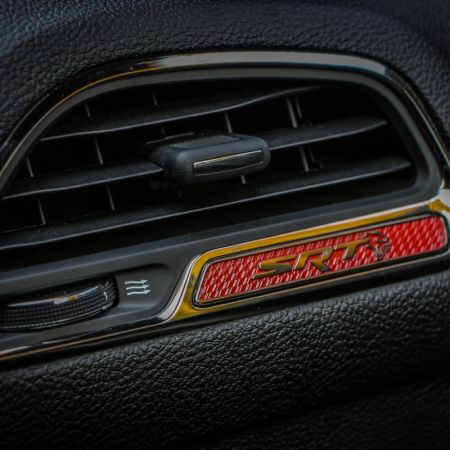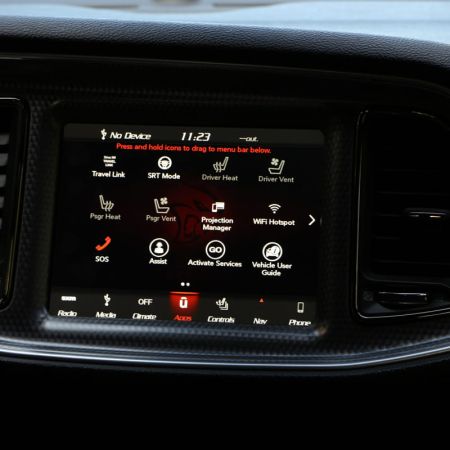Many like to travel, find their true love, or ponder the idea of starting a family. However, ask a car enthusiast what is on their bucket list and they will likely have a completely different answer for this question. It’s that elusive unicorn car; one with immense amounts of power, luxury, or a combination. One thing car enthusiasts will never have enough of is horsepower, but 707 horses right off the assembly line is a great start.
We jumped behind the wheel of a 2018 Dodge Challenger SRT Hellcat Widebody; a car that has a horsepower to dollar ratio that no other car can even come close to touching. As if the regular Hellcat wasn’t enough, the crazies over at Mopar have since offered the 840-horsepower Demon and now the 797-horsepower Redeye, all machines with only one goal in mind – sheer power.
The Demon was a limited production vehicle that sold all units almost immediately upon launch, but the Hellcat Widebody tested here is a mass production vehicle that anyone with enough money in their wallet can access. The widened fenders and fatter tire setup adds to the already menacing looks of the standard Challenger (reviewed here), and in my eyes, the Widebody is absolutely the one to have if only for the positively evil stance it packs.
Our Hellcat Widebody test vehicle packs a supercharged 6.2L V8, and is more than just slapping a blower onto the 6.4L that the standard SRT models offer. Output for 2019 has been bumped to 707 horsepower at 6,000RPM and a ground-shaking 650 lb-ft. of torque at 4,800RPM. Two transmissions are available, and most buyers will opt for the ZF-built eight-speed automatic. The enthusiast’s choice here is the equipped six-speed manual, though this option has longer gearing. It’s no secret that with modern automatics, especially the wonderful ZF 8HP), it’s easier to pull off better trap speeds at the track – please still give me the manual.
Power delivery from the supercharged eight is instantaneous and the sound of the whining supercharger coupled with the deep, throaty performance exhaust really is the devil’s music to your ears. Even at highway speeds sitting in sixth gear, the Hellcat will pull off passes without ever needing to downshift. You won’t ever needto downshift, but considering how great it sounds and the immediate surge of power, you’ll want to. Quite a bit, too. Launching the Hellcat is surprisingly easy and smooth, and it’s relatively easy to drive. Using the red key unlocks all 707 horsepower, though the regular black key limits power if lending your Widebody to friends or valets.
The massive Pirelli P-Zero summer tires on the Widebody are a square setup; 305/35/ZR20 to be specific. The clutch on the six-speed Tremec manual is remarkably light, and the perfect pedal placement makes heel-toe maneuvers a breeze. The steering is heavy as expected, but in a more electrically assisted manner with artificial feel. It still feels exactly like a Challenger should, with the heftiness of a traditional Emrican muscle car. The six-piston Brembo brakes haul the heavy Hellcat to a stop in almost no time at all; the braking performance is almost as impressive as the straight-line power of this Mopar baddie.
The Widebody is new for 2018, and it improves on the SRT performance driving modes built into the systems of the Hellcat. The new electric power steering setup works well with the pre-programmed modes, which also alter suspension damping, engine mapping, and traction control systems. When everything is set up in the most aggressive settings, the Hellcat Widebody transforms from a raw muscle car for the street right into a track-ready monster capable of not just taking on the drag strip, but taking a corner too.
Even more surprising is that the SRT Hellcat isn’t just about performance; interior equipment levels are more premium than expected. The 18-speaker Harman-Kardon sound system is excellent at reproducing low, mid, and high notes. As with other Mopar stereos, it’s a bit heavy on the bass but that suits the character of the Challenger. The Uconnect 8.4” touchscreen infotainment system is already good, but now has been enhanced with Apple CarPlay and Android Auto connectivity. The built-in factory navigation system is acceptable and easy to use, but most will want to use the smartphone integration that is now a standard.
Accommodations inside the Challenger are quite nice, with well-bolstered seats that are supportive when cornering and very comfortable when commuting. They are heated and ventilated in this test vehicle, and rear legroom is more generous than many other two-door coupes would offer. For instance, the Ford Mustang (reviewed here) is far tighter inside, and the Chevrolet Camaro’s tiny windows make the rear seats feel even more cramped than they are.
The starting price for the regular V6-powered Challenger is $33,045, but again, this is a wholly different animal. Pricing for the Hellcat starts at $75,695 and our test vehicle came to $96,610 as tested. This includes additions such as the Octane Red Pearl paint, 20×11 Devil’s Rims, and the Widebody competition suspension. Colour selection is vast, and this is one of the best parts of a Mopar – there are ample vibrant paint choices that throw it back to the heyday of muscle car.
Competitors include the now-discontinued Shelby GT 350 and Chevrolet Camaro ZL1, both of which are more track-focused cars with tons of handling goodies and lightweight materials. However, neither of the other halo muscle cars come anywhere near the power numbers of the Hellcat family. Even at 4,536 pounds, the Hellcat Widebody is insanely fast and is more balanced than just being about bragging rights. Having a non-supercar out of the factory with over 700 horsepower set a new benchmark, and that alone makes the 2018 Dodge Challenger SRT Hellcat Widebody stand out as a champion.
- 2018 Dodge Challenger SRT Hellcat Widebody review
See Also:
2016 Dodge Challenger SRT Hellcat
2019 Ford Mustang GT Premium Convertible

